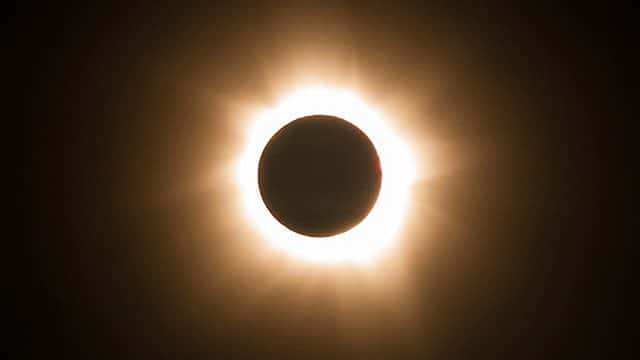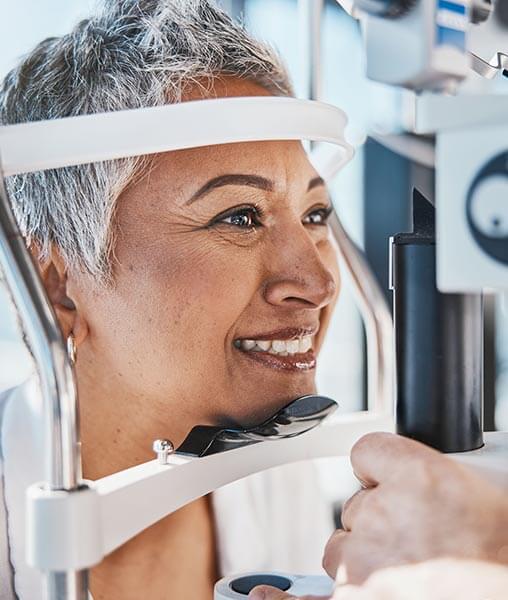Posted by: Albany Cornea | Center For Eye Care Excellence in Uncategorized

Next week, there will be a unique astronomical event sweeping across America: a rare, once in a lifetime opportunity to observe the Total Solar Eclipse. The last time this happened was on February 26, 1979, when another total eclipse was visible from the Pacific Northwest. If we count only the total eclipses visible from the continental US, excluding Alaska and Hawaii, there were only 4 eclipses from 1951 to 2000, and 4 more from 2000 to 2050—to look at it another way, there are only 8 chances to see a total eclipse from the US in just over a single lifetime! This compelling and special event is something that deserves to be shared with your friends and families, and we want to make sure that you are familiar with the proper precautionary steps to protect your vision before looking up into the eclipse.
Looking up into the sun, even if it is partially eclipsed, can cause irreparable damage to your vision and may lead to blindness, called solar retinopathy. Even if 99% of the sun’s surface is obscured during the solar eclipse, the remaining sunlight is still intense enough to cause a retinal burn. Regular sunglasses are simply not strong enough to filter the rays coming from the sun—in fact, they transmit thousands of times too much sunlight. To safely look up into the sun without damaging your eyes, you need to be wearing specialized eclipse glasses or handheld viewers. This is especially important considering that the damage to the eyes happens without any pain, with blindness occurring at least several hours after the damage is done.
Any eclipse eyewear that you bring along should be compliant with the ISO 12312-2 international safety standard. As long as these ISO certified filters are not scratched, punctured, or torn, you can use them indefinitely. Some older eclipse glasses/viewers might have label warnings stating you shouldn’t look through them for more than 3 minutes at a time or that you should throw them away after 3 years. If you want a more detailed list of ISO-compliant suppliers, see the American Astronomical Society’s Reputable Vendors of Solar Filters & Viewers page. Here are four manufacturers with certified eclipse glasses and handheld solar viewers that meet the standards: Rainbow Symphony, American Paper Optics, Thousand Oaks Optical, and TSE 17.
According to NASA, young adults and children are most likely to suffer from blindness when they look at the solar eclipse. Younger viewers are more likely to be reckless and miss safety precautions than older, more mature viewers. Therefore, if you are attending the eclipse with young children or teenagers, make sure they are using the proper solar filters.
We know it’s tempting to look at the eclipse through a telescope or take a photo, but looking at the sun through a camera, a telescope, binoculars, or any other optical devices, even while using your eclipse glasses or handheld solar viewer, can cause damage. The concentrated solar rays will damage the filter and enter your eyes. If you must use these devices, make sure to use only specially designed filters for their lenses.
The Total Sun Eclipse is a unique phenomenon and should be a special occasion that you can share with your friends and families. We encourage you to carefully select the proper eyewear to protect your eyes from unnecessary damage and to safely enjoy this very special astronomical event.

